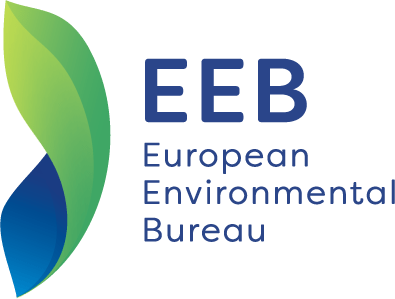The deal is sealed: the EU mercury regulation is moving to the next stage
Today, the Council of the EU gave its final green light to the revised text of the Regulation on Mercury, sealing the deal and leading by example in the fight against mercury pollution in the EU and abroad.
As a start, the revised text will put an end to the export and use of dental amalgam, not only for children under 15 years old and pregnant or breastfeeding women, but for all, by 1 January 2025. This also includes the decision to prohibit the manufacturing and import of dental amalgam into the EU from 1 July 2026. A few countries will be allowed to use dental amalgam until June 2026, to allow them to adapt their insurance policy, but this transition caveat should not prevent effective implementation of the new law. This decision tackles the largest remaining mercury application in the EU, as the chemical makes up 50% of dental amalgam’s composition.
In addition, EU toxic lamps will also no longer reach developing countries. The EU decision applies an export ban on mercury added lamps, which are already domestically prohibited, by December 2025 and 2026. Although earlier, but realistic, deadlines were not retained, such measures will not only put an end to the unjust exports to low- and middle-income countries, but they will also secure bigger climate mitigation benefits thanks to mercury free and energy-efficient alternatives.
Elena Lymberidi-Settimo, Policy Manager for ‘Zero Mercury’ Campaign at the European Environmental Bureau said:
“We welcome the EU deciding to take a leading seat, banning its exports earlier than the global ban agreed by the Parties of the Minamata Convention. It sends a clear message that the EU wants to put an end to double standards, at least for mercury, and places global environment and health benefits above profit”.
Finally, the EU decision to include follow up work on mercury emissions from crematoria and mercury compounds, an assessment on phasing out remaining mercury uses and expanding the list of mercury waste sources, successfully spotlights the remaining challenges to be further addressed by the law.
Charline Cheuvart, Senior Policy Officer for Mercury at the European Environmental Bureau said:
“The Belgian Presidency held its promise to close the file before the end of the legislature and it successfully did so. By doing so, large sources of mercury pollution will be turned off. Such decisions are most likely to serve as examples for many other countries around the world and drive a faster change“
ENDS

